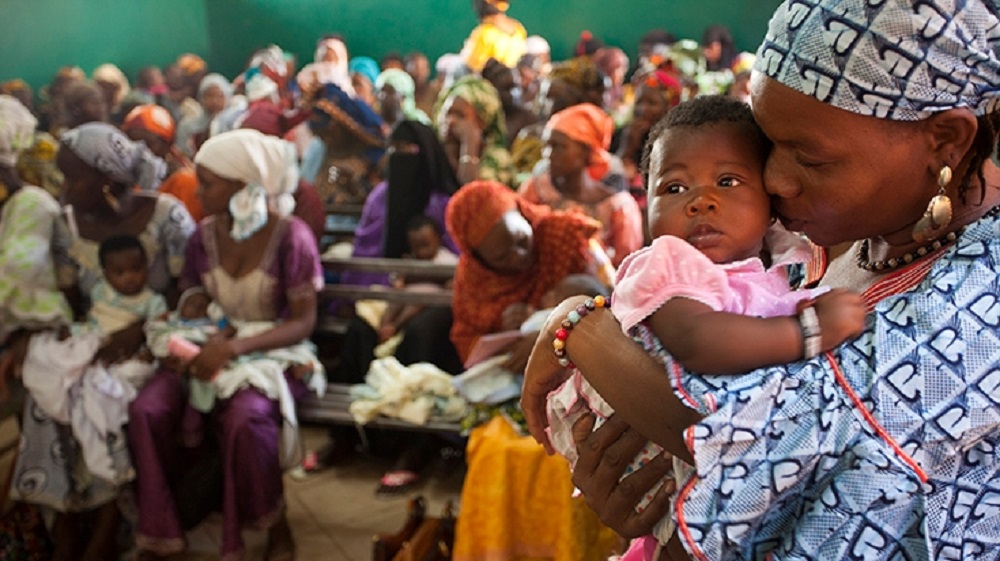Healthcare is a fundamental human right, yet countless children around the world face barriers to accessing basic medical services. Among the most vulnerable are underprivileged children, whose lack of resources, geographic isolation, and socio-economic conditions create significant challenges in obtaining adequate healthcare.
In this blog of Fikrah, we will explore the obstacles these children encounter and the crucial steps required to overcome these challenges, ensuring that every child receives the care they deserve.
One of the primary challenges faced by underprivileged children in accessing healthcare is financial constraints. Many families living in poverty struggle to afford even the most basic medical services, leading to delayed or neglected treatment for their children.
To address this, governments and NGOs must work together to implement affordable healthcare programs and subsidies specifically tailored to underprivileged communities. By providing financial assistance, families can access essential medical services without bearing overwhelming burdens.
Geographical barriers are also significant hindrances to healthcare access. In remote and rural regions, underprivileged children often lack nearby medical facilities and suffer due to the limited availability of healthcare professionals.
Mobile clinics, telemedicine, and community health workers can bridge this gap, bringing healthcare services directly to these underserved areas. Furthermore, investing in infrastructure and transportation networks can facilitate better connectivity to medical centers.
Lack of awareness about available healthcare resources is another issue affecting underprivileged communities. Many parents might not be aware of free or low-cost healthcare services provided by the government or NGOs.
Awareness campaigns should be organized, utilizing various mediums like radio, television, and community gatherings to inform families about available healthcare options and the importance of regular check-ups.
Cultural and linguistic barriers can also create difficulties in accessing healthcare. Healthcare providers should receive cultural competency training to understand the unique needs and sensitivities of underprivileged communities.
This can help build trust and foster a more comfortable environment for families seeking medical assistance.
Incorporating preventive healthcare measures is equally vital in overcoming challenges. Implementing immunization drives, nutrition programs, and maternal healthcare initiatives can significantly reduce the occurrence of preventable diseases among underprivileged children.
Lastly, collaboration among various stakeholders is crucial to tackling healthcare disparities. Governments, NGOs, healthcare providers, and the community should work hand in hand to design and implement comprehensive healthcare programs that cater to the specific needs of underprivileged children.
Click here to know more about “How to improve access to healthcare?”
CONCLUSION
Ensuring access to healthcare for underprivileged children requires a multi-faceted approach. By addressing financial, geographical, awareness, cultural, and preventive healthcare barriers and fostering collaboration among stakeholders, we can empower underprivileged children with the health and well-being they rightfully deserve. It is our collective responsibility to break down these barriers, shaping a healthier future for all children, regardless of their socio-economic background.

